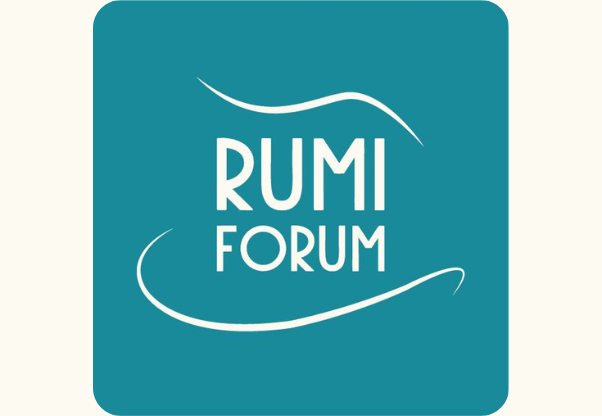Barbara: Yes please.
Person: [IB] at University of Maryland. I had a curious question, maybe it goes back decades or even more I don’t know. Being from the Balkans there we have really sharp ethnic division lines so let’s say in Yugoslavia, you were either this or that, if you were Bosnian Muslim, you were [reserved], if you’re [Armenian], you’re [not reserved] and what not. So and the conflict was based on this very sharp divisions; so it’s hard to understand the issue of ethnic conflict where in fact they’re, from my understanding all Turkey, right? [IB] and so the question is when did this division happen, the year and when did the divisions become the [factor] seeds of conflicts? Is this a pre-Soviet? Is this a post-Soviet? And I mean pre-1917 and I’d be very interested in knowing about [IB]
Kevin DeWitt: That’s an excellent question, that’s a massive question so let me try and zero in on a couple of key points about it. One, you’re absolutely right there is a common at the broadest level there is a common ethic background, there’s a common Turkish. There’s the Kyrgyz, the Kazaks, the Uzbeks come from the Turkish lineage the Turkish heritage. At the same time in the region historically you did have a difference, there was a different between the Kyrgyz and Uzbeks, the Uzbeks have traditionally been more secondary, they’ve been the ones that have been in the Fergana Valley, they’ve been the ones in Bukhara and [Samarkand] some of the very old cites in the region and they’ve been more the traders, there has been a distinction. The Kyrgyz and the Kazak both have historically been more of a nomadic tribe, they had very few cities at the time, there was much more of a nomadic distinction there has been pre-soviet there was a distinction, there was less of a broad ethnic distinction but there was a difference much more from a tribal level that these were Kyrgyz tribe, these are even the Kyrgyz/Kazak division comes later, this is Uzbek and then you had even differences within the Uzbeks.
So there has been these historic differences that were there; one thing during the Soviet Union period which was both a good and a bad. During Stalin’s period they allowed them to have local languages which was actually this juxtaposition where actually some local languages there was a resurgence of it, allowed to be studied. At the same time you have the gerrymandering of the borders on a completely crazy ethic lines so you have communities in Kazakhstan and Kyrgyzstan and Uzbekistan where the line was just drawn completely crossed. My favorite example is the little enclave in southern Kyrgyzstan where the enclave is almost 100% ethnic Tajik, the enclave sits within Kyrgyzstan and the enclave is owned by the Uzbeks. It’s about as confusing as you can get from a international standpoint. But unfortunately that is what Stalin did with the whole southern region.
So there has been historically and partially as the countries after the 1990’s each wanted to create a country identity and it’s generally been built upon an ethnic identity. Now Kyrgyzstan is one of the few that has had more minorities than the other countries. Actually what Kazakhstan would be a large Russian minority. But Uzbekistan is primarily Uzbek. Kyrgyzstan has always had this 60-70% Kyrgyz and then the others split generally between Uzbek and Russian generally speaking. But I think generally speaking from a narrow perspective and I’ve seen this in conflicts and this is historically throughout the world, you don’t need very much of a division to create conflict unfortunately between people and so we can create a conflict and say these are the people that are wearing pants and these are the people that are wearing red pants and these are the people…and as you get very close to it the differences become very minor, another person looking in might say you guys are all the same, what’s the difference here?




